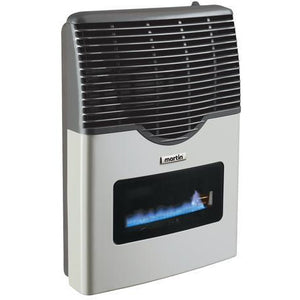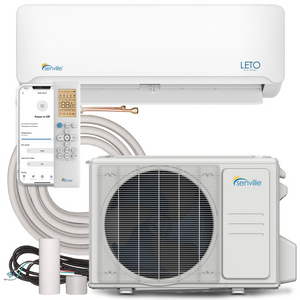Are you considering making the switch to solar energy? Solar power has become increasingly popular and is set to continue gaining traction in the years to come. With the sun as a reliable source of energy, it's no surprise that more people are turning to solar power.
If you're in the market for solar panels, you may have come across monocrystalline, polycrystalline, and thin-film options. In this article, we'll focus on comparing the benefits and drawbacks of monocrystalline versus polycrystalline solar panels, which are the two most popular types.
Monocrystalline solar panels are black, wafer-shaped panels that have been around for longer than polycrystalline panels. These panels are made by rotating a solid silicon seed crystal and slowly extracting a pool of molten silicon while the crystal is rotated. The resulting block of silicon is made up of a single crystal, which is why it's called a mono panel. The block is then cut into a square shape and further cut into identical wafer shapes to form the traditional monocrystalline solar panel.
The main advantages of monocrystalline solar panels are:
-
Higher efficiency rate
-
Space-efficient
-
Long lifespan (25+ years)
-
More efficient in warmer weather
However, the only downside to mono panels is that they tend to be pricier than polycrystalline panels.
On the other hand, polycrystalline solar panels are blue and cut into squares. They are made by melting and recrystallizing silicon, making them cheaper to produce than monocrystalline panels. This is why the market has seen a surge in popularity of polycrystalline over monocrystalline.
The advantages of polycrystalline solar panels include:
-
Less wasted silicon during production
-
Long lifespan (25+ years)
However, there are some drawbacks to consider, such as:
-
Less efficient
-
Lower space-efficiency































